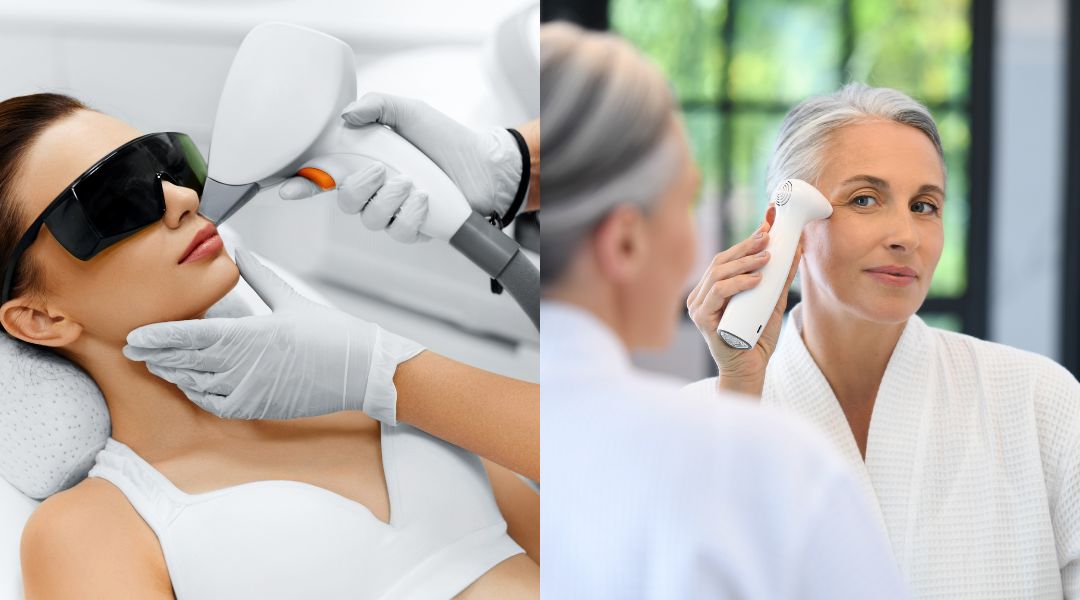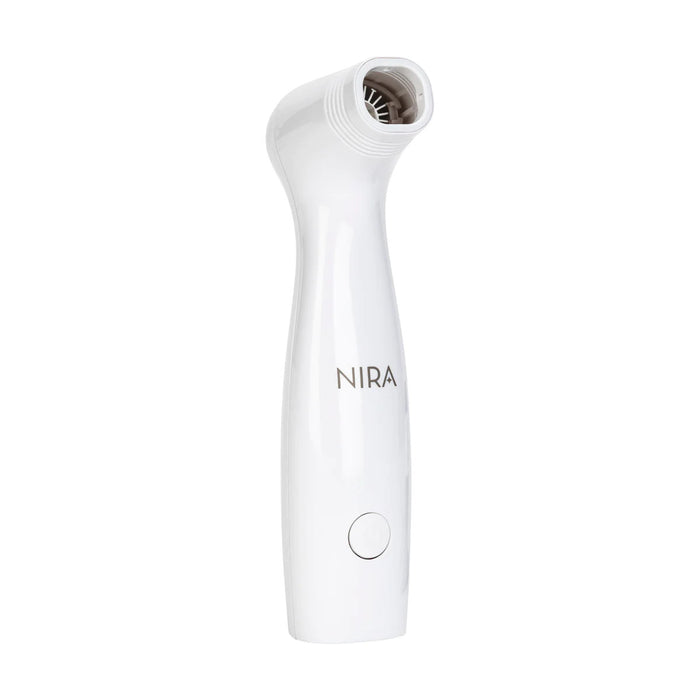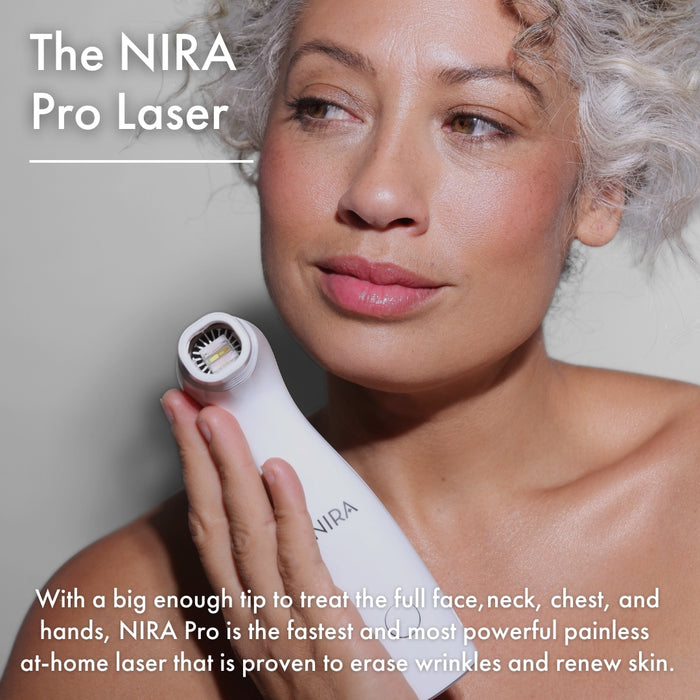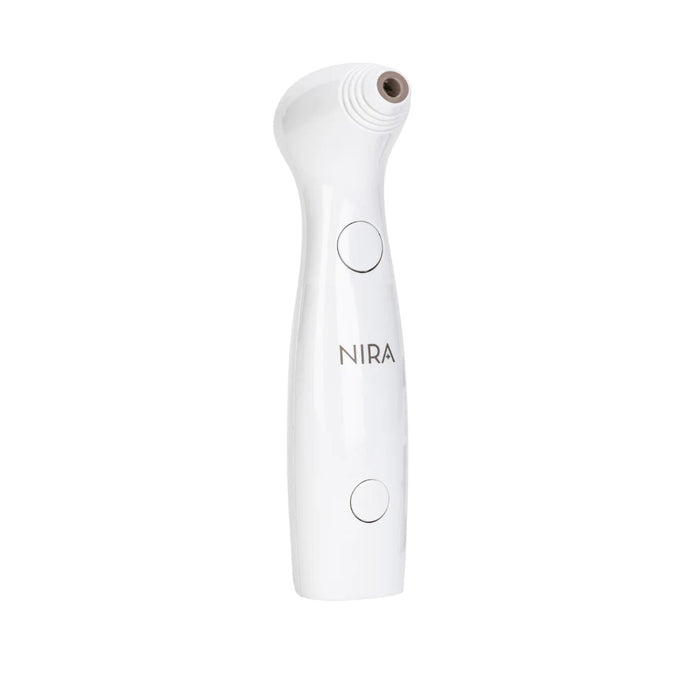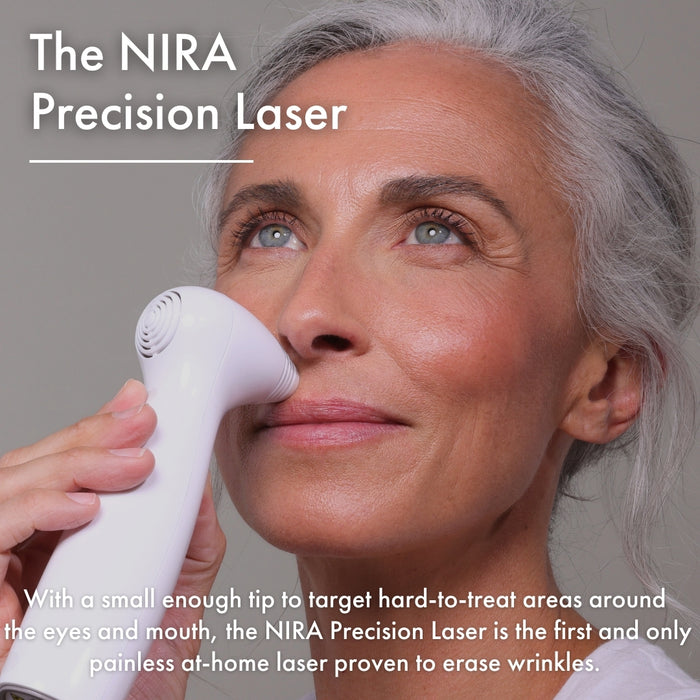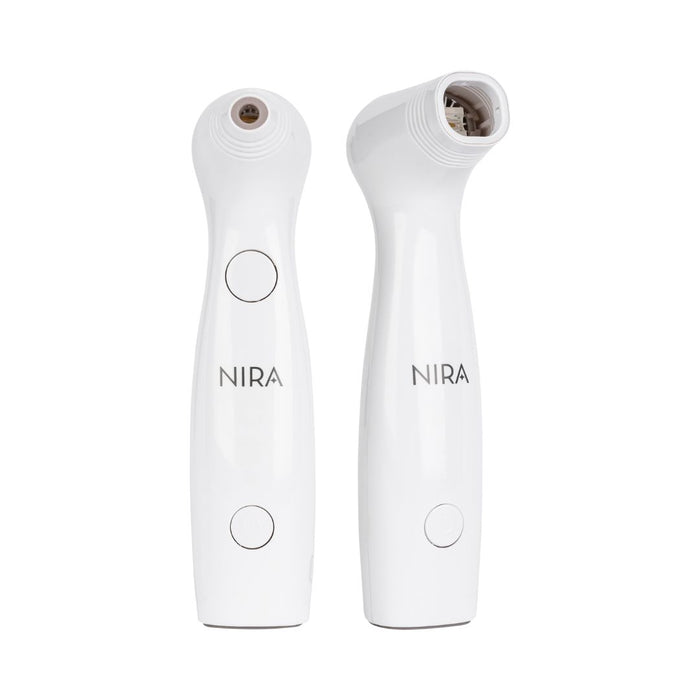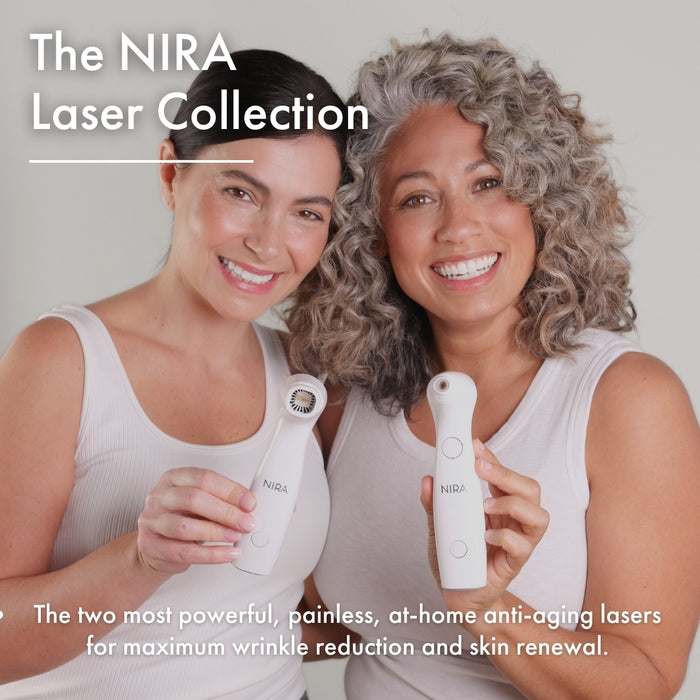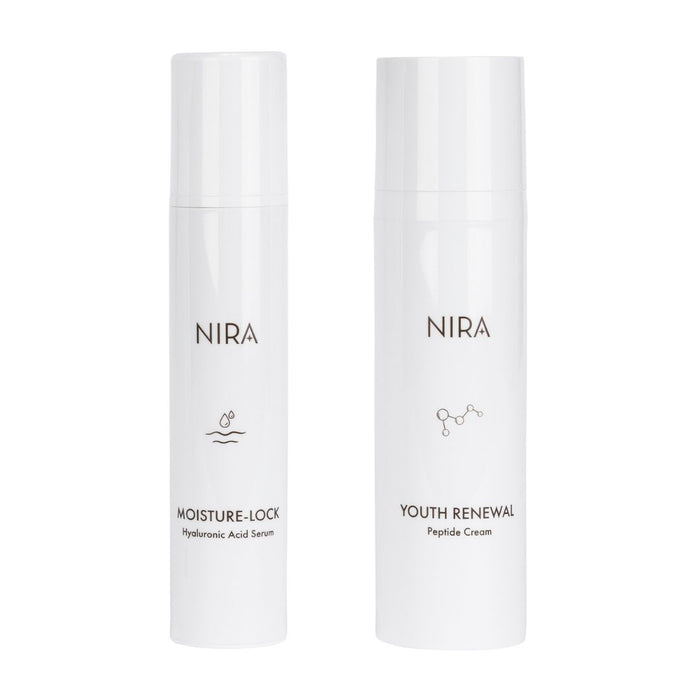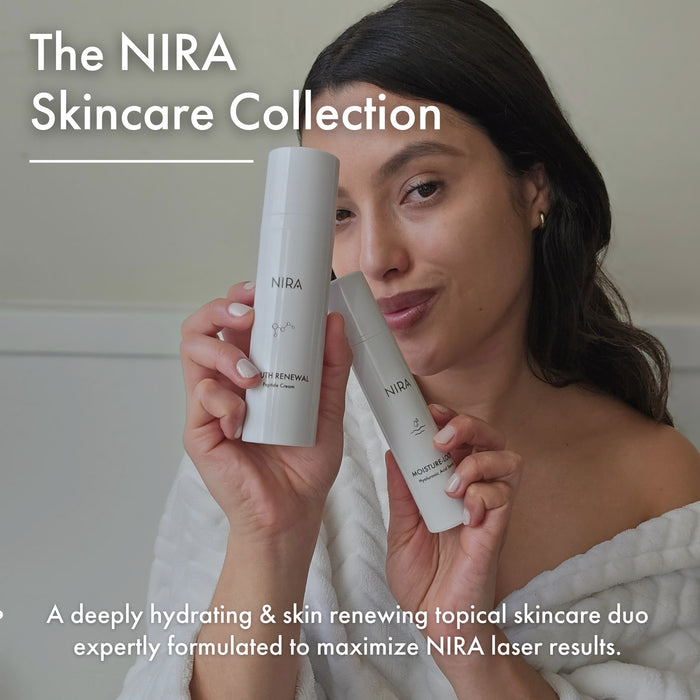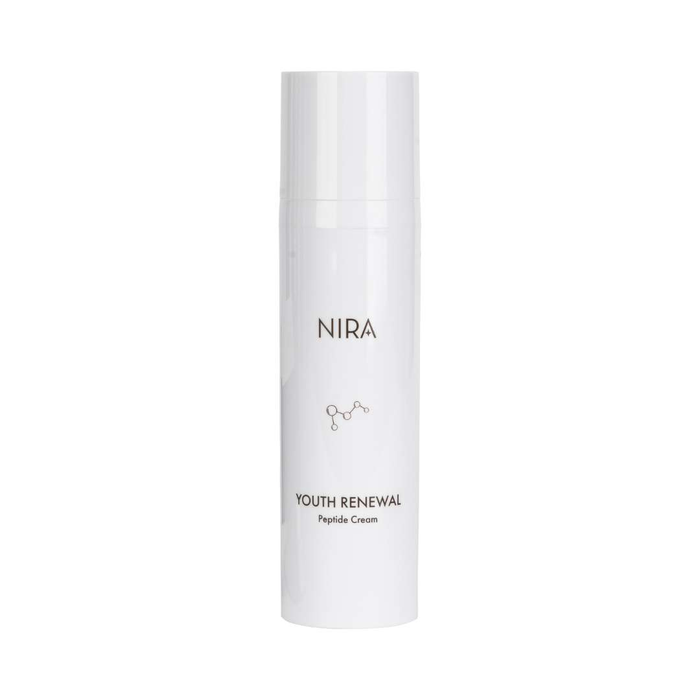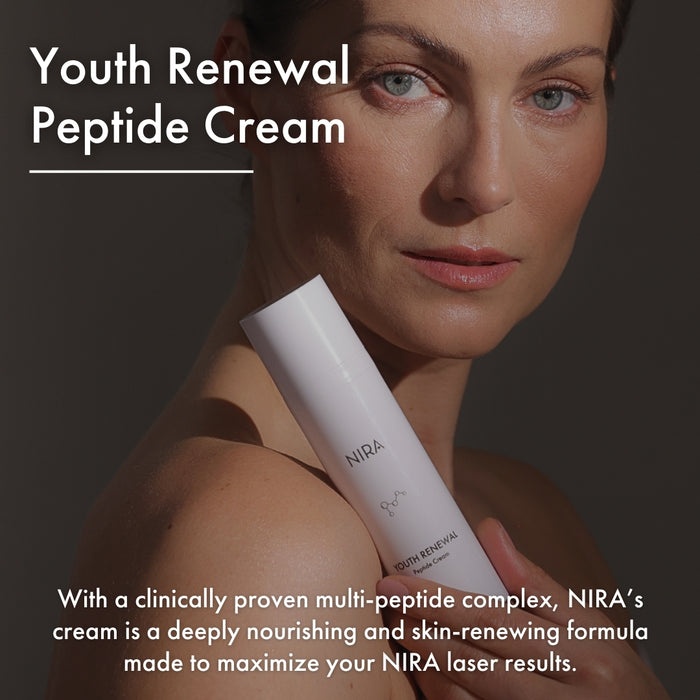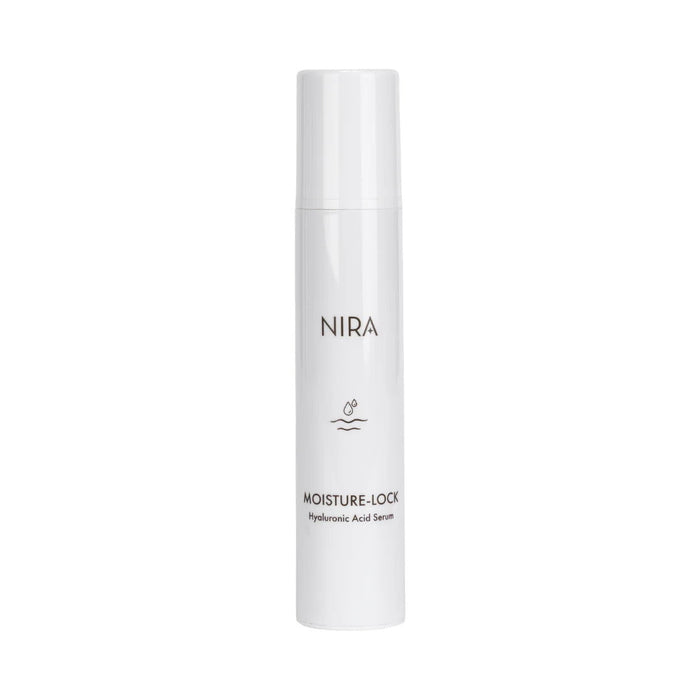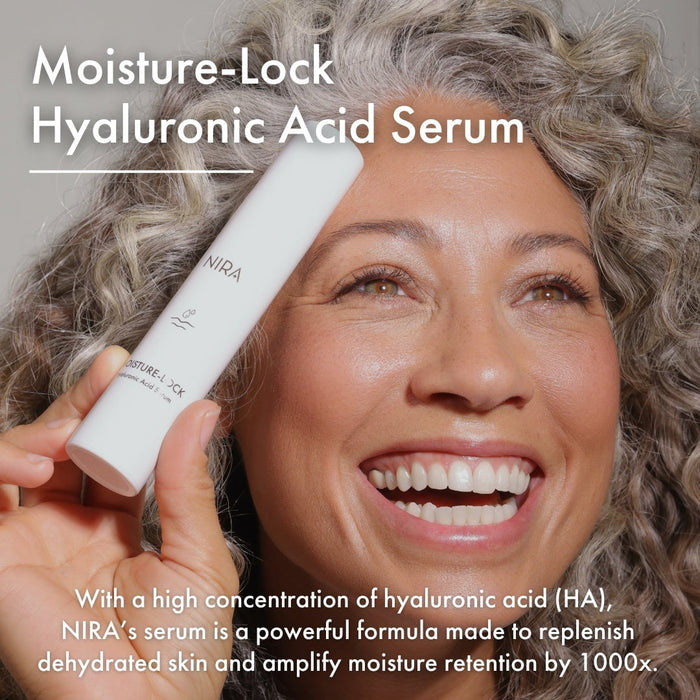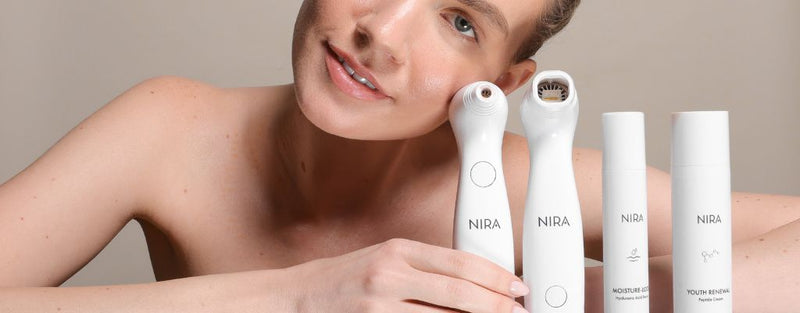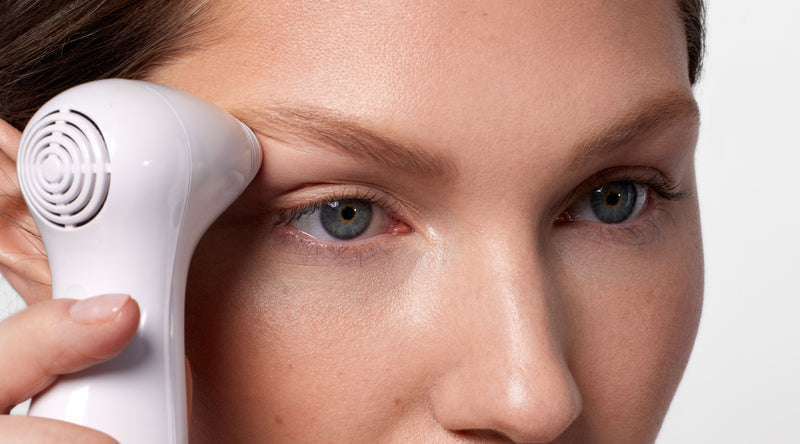With countless skincare options available, it can be overwhelming to choose the right approach for your specific needs. Each type of laser treatment has its own set of benefits and considerations, and the best choice will depend on a variety of factors including the specific skin concern being addressed, the desired results, how quickly results need to be seen, and the individual’s tolerance to pain and downtime.
Understanding the difference between ablative and non-ablative options is essential for making informed decisions about your skincare journey. But fear not! In this comprehensive guide, we will walk you through the differences between these two powerful laser treatments so that you’re able to make an informed decision about your skincare and choose the treatment that best meets your needs.
Understanding Laser Treatments
Laser treatments, a cornerstone of modern dermatology, have revolutionized the way we approach skincare. Lasers are used to target specific skin cells or issues without affecting the surrounding tissues. These treatments utilize focused light, tuned to specific wavelengths, to target and treat various skin conditions. The laser’s energy is absorbed by targeted cells in the skin, which respond by triggering a healing response that promotes the growth of new, healthy skin.
There are two main types of lasers used in skincare: ablative and non-ablative.
Ablative Laser Treatments

Ablative lasers work by removing the outermost layer of the skin, essentially vaporizing the damaged skin cells. This process stimulates the body’s natural healing response, leading to the production of new, healthy skin cells. These treatments can be highly effective in addressing wrinkles, scars, and sun damage. However, they often are painful,involve a more intensive recovery period, and carry a higher risk of side effects including infection and changes in skin color. This type of treatment can lead to a longer recovery period and potential side effects, including redness, swelling, and a risk of infection. Ideal candidates for ablative treatments are those seeking dramatic improvements quickly and are prepared for a more involved recovery and downtime process.
Non-Ablative Laser Treatments

In contrast, non-ablative lasers work differently. Non-ablative treatments work by creating small columns of damaged or dead skin cells that heal over time. Unlike ablative treatments, they do not create empty holes in the skin, making the healing process less invasive and more comfortable. Instead of removing the skin’s surface, they send laser light into the dermis, the skin’s second layer, without harming the surface. This process triggers the cells to rebuild natural collagen over time, without the pain or damage. Non-ablative treatments typically have a shorter recovery time and fewer side effects than ablative treatments. They are ideal for individuals seeking gradual improvements with minimal downtime.
Ablative vs. Non-Ablative: The Considerations
When choosing between ablative and non-ablative laser treatments, it’s essential to consider your skin’s needs, your pain tolerance, and your lifestyle. Ablative lasers can provide dramatic results but come with a longer recovery time and potential side effects. Non-ablative lasers, on the other hand, offer a gentler approach with less downtime but may require more treatments to achieve the desired results.
NIRA: A Non-Ablative, Non-Fractional Laser Solution

NIRA’s technology is a non-ablative and non-fractional laser solution. This means it’s designed to be less invasive and cause less discomfort than other types of laser treatments. It works by sending laser light into the dermis, the second layer of the skin, triggering cells to rebuild natural collagen without harming the skin’s surface or removing any tissue. This process gently heats the skin, but the temperature stays below the pain threshold, ensuring a comfortable and painless experience. When used daily, users can expect to see results in 10-12 weeks.
For those seeking a balance between natural skincare and professional treatments, our skin renewing lasers serve as an effective maintenance plan, proven to minimize wrinkles.
The Future of NIRA
Ablative treatments provide remarkable results by resurfacing the skin and addressing deep-seated concerns, while non-ablative treatments offer a gentler approach with minimal downtime and gradual improvements. The choice between these two techniques ultimately depends on your specific needs, skin condition, and desired outcomes.
At NIRA, we are committed to providing high-level, effective skincare solutions that empower individuals to take control of their skincare journey at home.
Explore the science behind NIRA and discover how our non-ablative, non-fractional laser technology can fit into your skincare routine.
When it comes to skincare, few ingredients have garnered as much attention as hyaluronic acid. This naturally occurring substance has become a staple in many skincare routines, and for good reason. In this blog post, we'll explore the science behind hyaluronic acid and its many benefits for skin health.
What is Hyaluronic Acid?

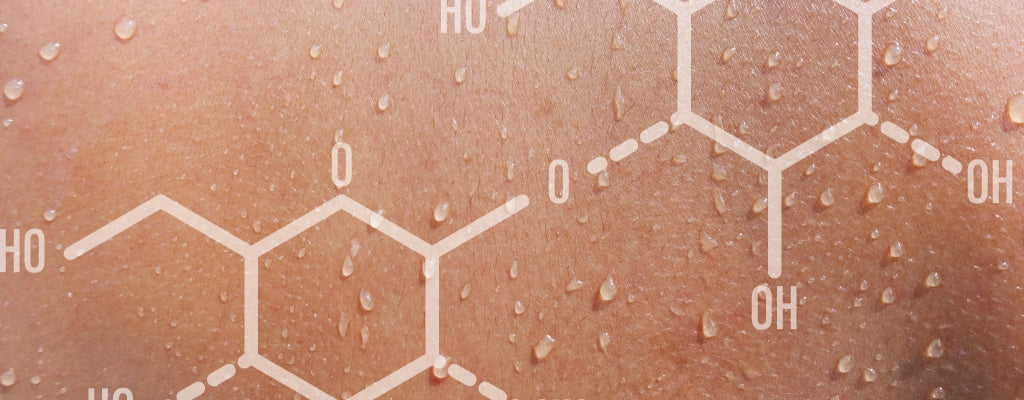
Hyaluronic acid, often abbreviated as HA, is a naturally occurring substance found in the skin, connective tissues, and eyes. Its primary function is to retain water, ensuring tissues remain well-lubricated and moist. In skincare, hyaluronic acid is revered for its remarkable ability to hydrate and rejuvenate the skin.
Benefits of Hyaluronic Acid for Skin

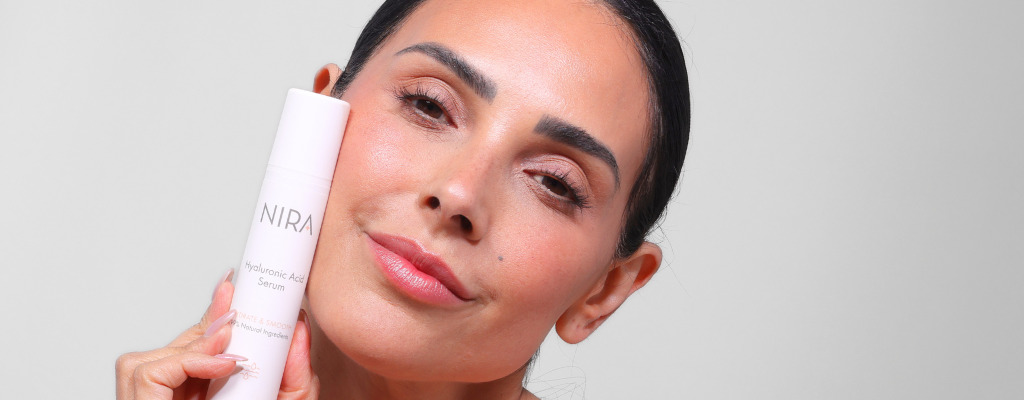
Hyaluronic acid is a powerhouse ingredient in skincare, known for its hydrating properties and ability to retain moisture. But did you know that HA comes in various molecular weights, each offering unique benefits for the skin? There are different forms, each with unique skin benefits.
- Low Molecular Weight (LMW) HA: LMW-HA is renowned for its cellular activation properties, particularly its ability to activate fibroblasts, which are essential cells responsible for collagen production and skin repair. Its smaller molecular size allows it to penetrate deeply into the skin, enhancing its overall effectiveness. This deep absorption plays a pivotal role in improving skin elasticity and firmness by promoting the synthesis of elastin fibers. Additionally, LMW-HA offers antioxidant properties that protect the skin from oxidative stress and free radical damage.
- Medium Molecular Weight (MMW) HA: MMW-HA strikes a balance in the world of hyaluronic acid. It offers balanced hydration, providing a blend of deep penetration and surface hydration, making it versatile for various skin types. This medium-weight HA helps smooth out the skin’s texture, giving it a soft and supple feel. It also enhances the skin’s natural protective barrier, aiding in moisture retention. Furthermore, MMW-HA can help reduce skin inflammation, promoting a balanced and radiant complexion.
- High Molecular Weight (HMW) HA: HMW-HA is the heavyweight champion when it comes to hydration. It stands out for its unparalleled capacity to retain water molecules, providing advanced hydration to the skin. Its larger molecular size acts as a protective shield, preventing water loss and guarding against pollutants and UV rays. Beyond its hydrating properties, HMW-HA offers soothing benefits, with anti-inflammatory properties that calm skin redness or irritation. It’s also a key player in the anti-aging arena, improving the appearance of fine lines and wrinkles. Additionally, its wound-healing properties promote tissue repair and reduce inflammation.
While NIRA’s serum harnesses the power of both LMW and HMW HA, it’s essential to recognize that each molecular weight, including the Medium Molecular Weight HA, addresses specific skin needs and concerns, making HA a versatile ingredient in skincare.
With a clearer understanding of the distinct advantages of different molecular weights of Hyaluronic acid, let’s further explore other remarkable benefits this ingredient offers for skin rejuvenation.
1. Deep Hydration
Optimal hydration is the cornerstone of a sophisticated skincare regimen. Hyaluronic acid excels in this domain by binding water molecules to the skin, ensuring long-lasting moisture. By using a facial mist or moisturizer with your Hyaluronic Acid Serum, you provide more moisture for the skin to bind with, enhancing results. This is particularly beneficial for those with dry skin. The molecule can hold up to 1,000 times its weight in water, making it an exceptional hydrator. Its moisture-retaining properties can also help alleviate skin conditions like eczema, dermatitis, and other dry skin conditions.
2. Reduces Signs of Aging
Hyaluronic acid can significantly diminish the appearance of fine lines and wrinkles. Its hydrating properties plump the skin, making signs of aging less noticeable. The results are even more pronounced when used with laser skin treatments. Over time, consistent use can lead to visibly firmer and more youthful skin, making it a go-to ingredient for anti-aging skincare.
3. Tightens Skin
The hydrating properties of hyaluronic acid contribute to increased skin elasticity. The result is a firmer, more youthful complexion. This tightening effect can be particularly beneficial for areas that tend to sag over time, like the jawline and neck. It's a non-invasive way to achieve a lifted appearance without surgical procedures.
4. Improves Skin Texture
Regularly using a hyaluronic acid serum can lead to a smoother skin texture. It fills in fine lines and improves the skin's surface, leaving you with a silky finish. The hydration also helps to balance oil production, preventing the skin from becoming too oily or too dry, which can contribute to a more even texture.
5. Reduces Hyperpigmentation
Hyaluronic acid can help reduce hyperpigmentation by promoting even skin tone and reducing dark spots. It works best when used in combination with other skin-lightening agents. The hydrating properties also help to fade scars and marks over time, contributing to a more uniform complexion.
6. Repairs the Skin Barriers
The skin barrier is essential for keeping out harmful bacteria and retaining moisture. Hyaluronic acid strengthens the skin's natural barriers, helping to lock in moisture and keep the skin hydrated. This is crucial for maintaining the skin's natural defense against environmental stressors like pollution and UV rays.
7. Regenerates Skin Cells
Some forms of hyaluronic acid, such as low molecular weight HA, promote skin cell regeneration, crucial for maintaining a youthful appearance. It aids the skin's natural healing process, making it a valuable asset in any skincare routine. The accelerated cell turnover can help reduce scars and improve the skin's overall quality.
8. Promotes Healthy Skin
Last but not least, hyaluronic acid promotes overall skin health. It gives the skin the essential hydration and nutrients to look its best. Hyaluronic acid can benefit your skincare regimen if you have oily, dry, or combination skin. It's a versatile ingredient that addresses various skin concerns, from dehydration to premature aging.
By incorporating hyaluronic acid into your skincare routine, you're investing in a multifaceted ingredient that offers a range of benefits for maintaining healthy, youthful skin.
Hyaluronic Acid: The Takeaway
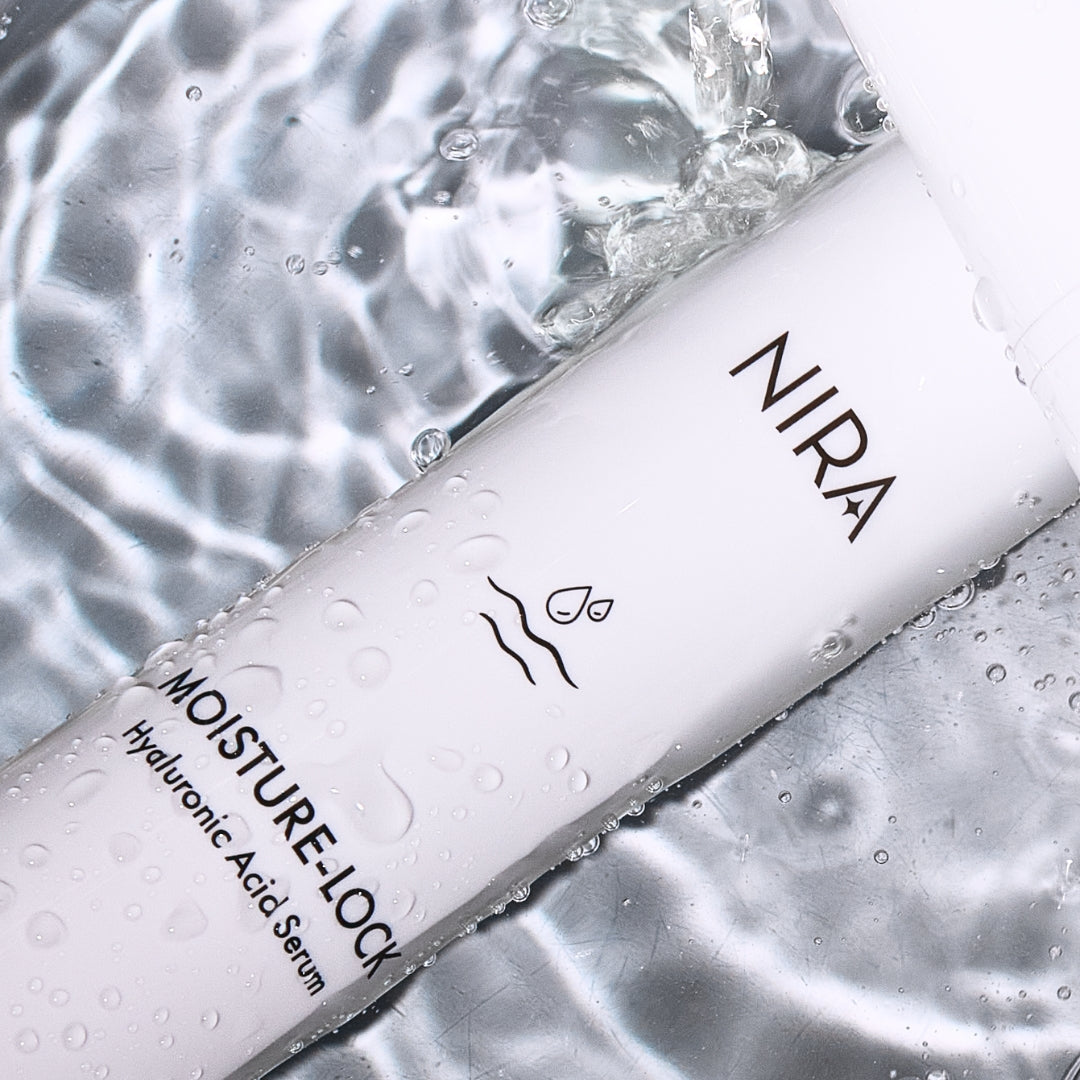
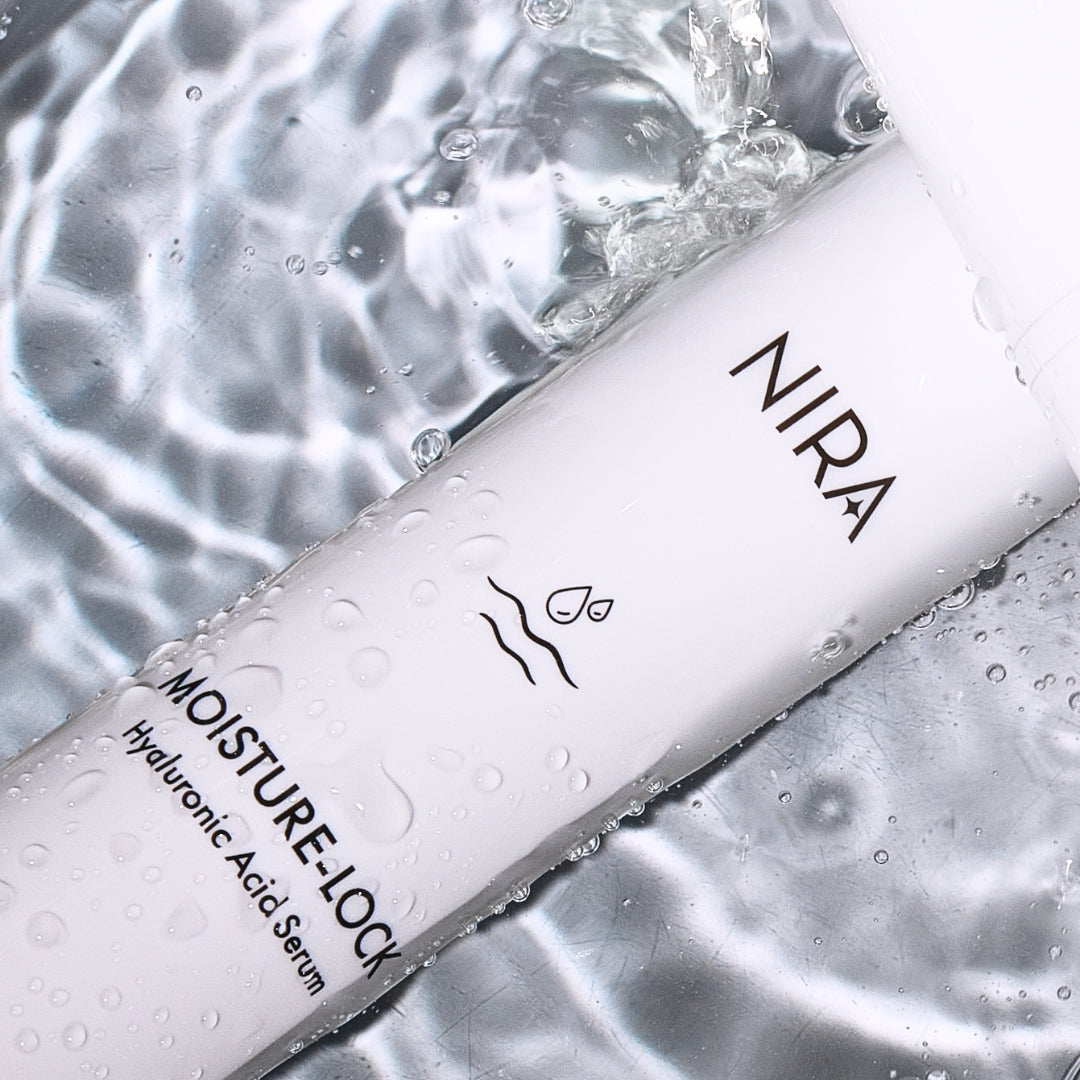
Hyaluronic acid is a versatile skincare ingredient with a multitude of benefits. From hydration to anti-aging, it addresses a wide range of skin concerns. Adding a hyaluronic acid serum to your skincare regimen could revolutionize your results. Enhance the hydrating and plumping benefits of hyaluronic acid by pairing it with an at-home NIRA Laser, such as the NIRA Precision Laser & Serum Collection or the NIRA Pro Laser & Serum Collection. Hyaluronic acid is a pillar in contemporary skincare science with its proven benefits and minimal side effects. The results can be even more remarkable when combined with advanced laser treatments.
By integrating hyaluronic acid and laser technology into your routine, you’re not just adopting the best of what skincare science has to offer; you’re elevating your skincare to an entirely new level of effectiveness.



